Disc Screen, as an advanced sorting equipment, has multiple superior characteristics and can effectively replace traditional screening equipment. Compared with traditional drum screens and vibrating screens, Disc Screens perform well in handling household waste and solid waste.
Disc Screen, as an advanced technology that can replace traditional screening equipment, has many advantages. Its modular structure, wear-resistant material, variable frequency drive control method, and spiral disc design make the Disc Screen perform well in the treatment of household waste and solid waste. By using Disc Screens, screening efficiency can be improved, energy consumption can be reduced, resources can be recycled, and the environmental hazards of secondary pollution can be minimized. Therefore, the butterfly sieve is an ideal alternative to traditional screening equipment.
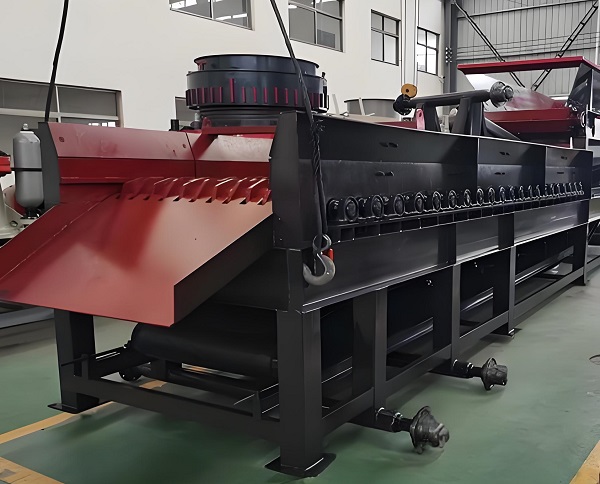
A. Disc Screen, as an efficient screening equipment for garbage treatment, exhibits significant advantages compared to other screening equipment. The following is a detailed explanation of the advantages of Disc Screening:
1. Sturdy and durable structure
Chain drive and sturdy bearings: Disc Screening uses wear-resistant chain drive, equipped with centrally lubricated sturdy bearings, and the overall structure is sturdy, ensuring the long-term stable operation of the equipment.
Stable and durable crankshaft: The crankshaft design in its transmission system is stable and durable, capable of withstanding large workloads and extending the service life of the equipment.
2. Screening efficiency and processing capacity
Efficient screening: The Disc Screen uses a unique rotating design to continuously flip the material on the screen surface, effectively avoiding the problem of material blockage and improving screening efficiency.
Large processing capacity: The size of the sieve plate is large, and the processing capacity per unit area is significantly improved. Compared to traditional screening equipment, the processing capacity of Disc Screens can be doubled or even more, greatly improving production efficiency.
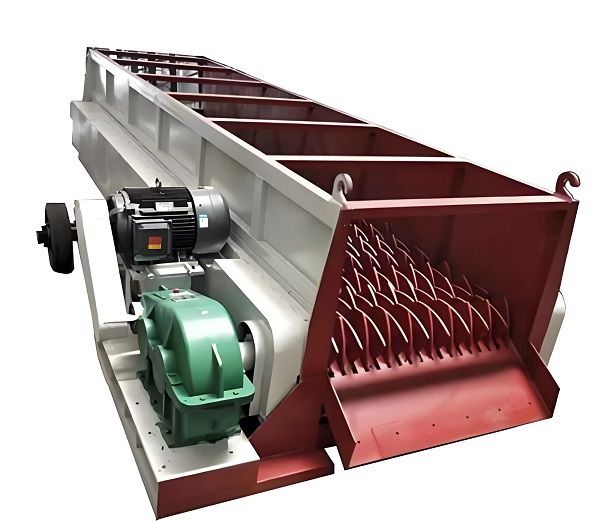
3. Screening accuracy and classification ability
Accurate classification: The butterfly sieve can accurately classify materials of different particle sizes, with high screening accuracy, making the screened materials cleaner and more uniform.
Strong adaptability: It can be used for sorting inert waste and small volume waste, as well as for separating various materials such as mud, sand, ore, coal, decoration or construction waste. It can be classified according to different proportions, sizes, and shapes.
4. Easy operation and maintenance
Easy to operate: The butterfly sieve is easy to operate and master, reducing the difficulty of operation and labor costs.
Easy maintenance: The sieve plate is detachable and easy to replace, which is beneficial for the daily maintenance and upkeep of the equipment and reduces maintenance costs.
5. Environmental Protection and Sustainability
Reducing pollution: The efficient screening and resource reuse capabilities of Disc Screens help reduce environmental pollution caused by construction waste and other materials.
Promoting the development of green building materials: Materials processed through Disc Screening can be converted into recycled aggregates, which can be used to produce new environmentally friendly materials such as recycled concrete and recycled bricks, in line with the concept of sustainable development.
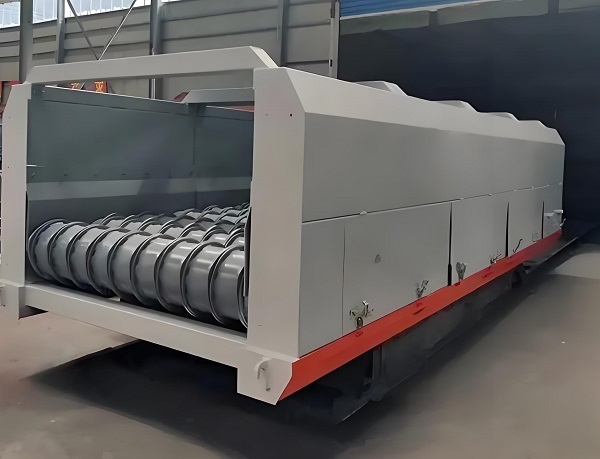
In summary, Disc Screens have shown significant advantages in terms of sturdy and durable structure, screening efficiency and processing capacity, screening accuracy and classification ability, easy operation and maintenance, as well as environmental protection and sustainability. These advantages make Disc Screens widely used in multiple fields and an important choice in screening equipment.
B. Advantages arising from the structural characteristics of the Disc Screen
a. The combination of sieve plate and roller improves work efficiency
The working principle of butterfly sieve is to separate materials through the combination of sieve disc and roller. The coordination between the sieve plate and the roller is the key to the effective operation of the butterfly sieve.
In a butterfly sieve, the sieve disc is composed of a series of disks, and the rollers are the components that drive the sieve disc to rotate. The fit between the sieve plate and the roller is very tight, and the rotation of the roller drives the sieve plate to rotate, thereby separating the materials.
An important factor in the coordination between the sieve plate and the roller is the position and angle of the sieve plate. The position of the sieve plate determines the direction of material flow on the sieve plate, while the angle of the sieve plate affects the speed of material movement on the sieve plate. By adjusting the position and angle of the sieve plate reasonably, materials can be evenly distributed on the sieve plate and classified according to their size and weight.
Another important factor is the rotational speed of the roller. The rotational speed of the roller determines the movement speed of the material on the sieve plate, thereby affecting the separation effect of the material. By adjusting the rotational speed of the rollers, effective separation of materials of different sizes and shapes can be achieved.
In addition, the gap between the sieve plate and the roller is also crucial for the butterfly sieve operation. By adjusting the gap between the sieve plate and the roller, it is possible to separate materials of different sizes. Larger sized materials will pass through the gap, while smaller sized materials will be blocked by the sieve plate, thus achieving material separation.
In short, the coordination between the sieve plate and the roller is an important factor for the butterfly sieve to work effectively. By adjusting the position and angle of the sieve plate reasonably, controlling the rotation speed of the rollers, and adjusting the gap between the sieve plate and the rollers, effective separation of materials of different sizes and shapes can be achieved. Butterfly shaped screens have broad application prospects in areas such as household waste treatment, stale waste treatment, and mixed waste treatment.
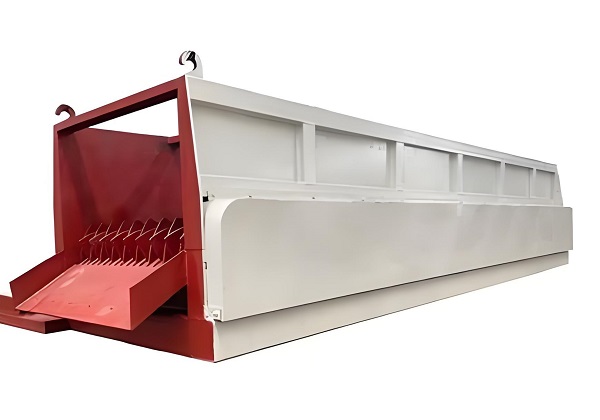
b. Separate materials of different sizes and shapes
Butterfly sieve, as an efficient separation device, can effectively separate materials of different sizes and shapes, achieving the expected screening effect. The structural characteristics and working principle of the butterfly sieve give it excellent separation ability and adaptability.
In the butterfly sieve, the design of the sieve plate and the coordination of the rollers play a crucial role. The sieve plate adopts a butterfly structure, with uniformly distributed rotating shafts installed and multiple sieve plates arranged along the axial direction. This design enables the material to be fully dispersed and screened on the sieve plate, thereby achieving effective separation of materials of different sizes and shapes.
The butterfly sieve achieves separation of materials of different sizes by adjusting the clearance between the discs. The gap between the discs can be customized according to specific production needs to meet the screening requirements of different materials. By adjusting the size of the disc gap, materials larger than the gap can be transported from above the sieve disc to the next process, while materials smaller than the gap will fall from the gap onto the collection belt below. This way of adjusting the gap can achieve accurate separation of materials of different sizes and improve screening efficiency.
Disc Screens can not only separate materials of different sizes, but also materials of different shapes. Due to the use of a disc design in the butterfly sieve, materials will roll and tumble under the action of the disc, allowing materials of different shapes to be fully dispersed and screened. This design enables the butterfly sieve to effectively separate materials of different shapes such as flakes, granules, and spheres, meeting the screening requirements of different industries for material shapes.
The separation ability and adaptability of Disc Screens make them an ideal choice for processing various materials such as ores, sands, and garbage. Whether it is domestic waste treatment, stale waste treatment, or mixed waste treatment, Disc Screens can effectively separate materials of different sizes and shapes, reduce the load on subsequent sorting equipment, and achieve the goal of resource recycling and reuse.
In short, the butterfly sieve, through its unique structural characteristics and working principle, can efficiently separate materials of different sizes and shapes. Its excellent separation ability and adaptability make it widely used in material processing in various industries. As an advanced screening equipment, Disc Screen will continue to make important contributions to the development of material separation field.
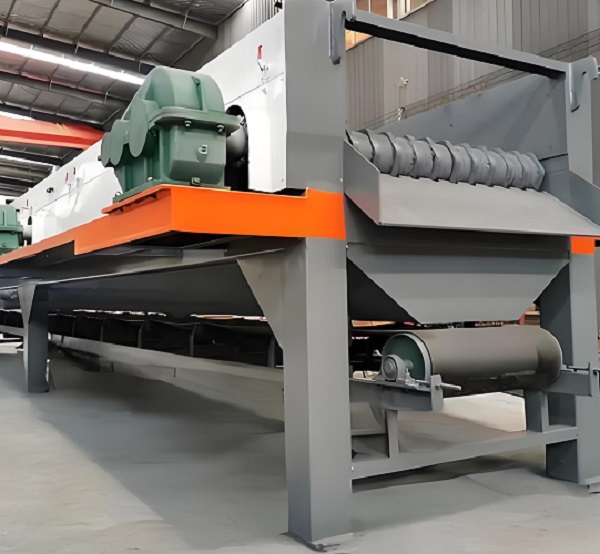
c. Adjust the disc gap to achieve effective separation
1. The butterfly sieve achieves effective separation of materials of different sizes and shapes by adjusting the gap between the discs. The working principle of the disc screen is driven by a motor, and the spindle runs unidirectionally in the screening chamber. When the material enters the butterfly sieve, it is first dispersed by the rotating Disc Screen. Then, as the material moves on the disc, small-sized materials fall through the sieve holes formed by adjacent main shafts and sieve plates, while materials larger than the sieve holes come out from the discharge port.
2. It is crucial to adjust the gap between the discs in order to achieve effective separation. By adjusting the size of the disc gap, the particle size of the sieve can be controlled. If the gap between the discs is too large, small-sized materials may not be able to be screened out, while if the gap between the discs is too small, large-sized materials may not be able to pass through the sieve holes. Therefore, according to the required screening ability and material characteristics, it is necessary to adjust the disc gap reasonably to achieve the best separation effect.
There are various methods to adjust the clearance between the discs. A common method is to change the size of the gap by adjusting the position of the disc. Bolts or other adjustment devices can be used to secure the disc in the appropriate position to achieve the desired gap size. Another method is to use adjustable discs to change the size of the gap by adjusting the thickness or shape of the discs. This method can be flexibly adjusted as needed to meet the screening requirements of different materials.
4. The effective separation achieved by adjusting the disc gap has the following advantages. Firstly, the gap size can be flexibly adjusted according to the characteristics and screening requirements of different materials to achieve the best separation effect. Secondly, adjusting the clearance between the discs can adapt to the screening of materials with different particle sizes, improving the accuracy and efficiency of screening. In addition, by adjusting the disc gap reasonably, material blockage and adhesion can be reduced, the service life of the equipment can be extended, and maintenance costs can be reduced.
In short, achieving effective separation by adjusting the disc gap is a key step in Disc Screening. Reasonably adjusting the disc gap can improve the screening effect, adapt to the screening requirements of different materials, and reduce equipment maintenance costs. When using a butterfly sieve for material separation, it is necessary to adjust the gap according to the specific situation to achieve the best separation effect.
d. Modular structure: The Disc Screen adopts a modular structure, which can be customized according to user needs, including length, width, and clearance between bearings. This flexibility enables the butterfly sieve to adapt to different production needs and is easy to maintain and adjust its structure.
e. Wear resistant material: The Disc Screen is made of wear-resistant material and has good wear resistance. The sieve plate and box are made of wear-resistant steel plates, which can withstand long-term continuous operation. In addition, the Disc Screen also adopts a specially designed wear-resistant sprocket and chain linkage design to ensure the stability and durability of the equipment.
f. The Disc Screen also adopts a variable frequency drive control method, which has the characteristics of low energy consumption and high safety. By adjusting the tilt angle between the sieve plate and the box, the processing capacity can be adjusted and adapted to the screening needs of different materials. Compared with traditional equipment, the processing capacity of Disc Screen is three times that of traditional drum screen with the same volume, and the screening efficiency is 1.5 times that of drum screen.
g. The Disc Screen also adopts a spiral disc design and a flexible anti jamming structure design on the shaft and cylinder surface, effectively solving the problem of material entanglement. The design of the disc greatly improves the rolling degree and screening rate of the material, while the flexible retreat design of the shaft surface can prevent the material from getting stuck in the sieve hole position. These designs enable Disc Screens to better handle materials such as stones and debris that are difficult to separate, improving the screening efficiency.
| Model* | Width(mm) | MaximumCapacity**(t/h) | Max. FeedLump Volume (m3) | Max. EdgeLength of Lump(mm) |
| HRS / HVW 10xx | 1,000 | 300 | 0.3 | 800 |
| HRS / HVW 13xx | 1,300 | 700 | 0.5 | 1,000 |
| HRS / HVW 16xx | 1,600 | 1,200 | 1.3 | 1,200 |
| HRS / HVW 20xx | 2,000 | 1,750 | 1.8 | 1,400 |
| HRS / HVW 24xx | 2,400 | 2,250 | 2.1 | 1,500 |
| HRS / HVW 26xx | 2,600 | 2,500 | 2.5 | 1,700 |
In short, using a disc screen can not only significantly improve production efficiency and reduce operating costs, but also have significant environmental benefits. Through efficient screening and resource reuse, the pollution caused by construction waste to the environment has been reduced, promoting the development of green building materials and in line with the concept of sustainable development.
Save Time! Get A Detailed Quotation Quickly.
